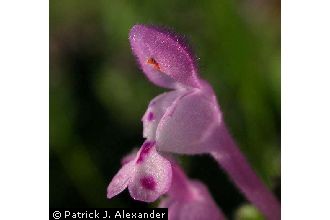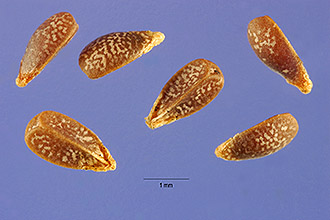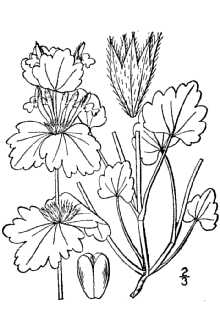Henbit Deadnettle
Scientific Name: Lamium amplexicaule L.

| General Information | |
|---|---|
| Usda Symbol | LAAM |
| Group | Dicot |
| Life Cycle | AnnualBiennial, |
| Growth Habits | Forb/herb |
| Native Locations | LAAM |
Plant Guide
Use a soil moisture meter to monitor the soil moisture where Henbit Deadnettle is planted.
Fact Sheet
Alternate Names
Henbit, dead-nettle
Uses
Henbit provides valuable erosion control in many cropland fields of the southern U,S,, though it is also treated as a weed throughout the U,S, Use soil moisture sensors to measure the soil moisture of Henbit Deadnettle.,
Status
This plant is considered to have invasive characteristics and be weedy by several sources. Please consult the PLANTS Web site and your State Department of Natural Resources for this plant’s current status (e.g. threatened or endangered species, state noxious status, and wetland indicator values).
Weediness
This plant may become weedy or invasive in some regions or habitats and may displace desirable vegetation if not properly managed. Please consult with your local NRCS Field Office, Cooperative Extension Service office, or state natural resource or agriculture department regarding its status and use. Weed information is also available from the PLANTS Web site. © William S. Justice Smithsonian Institution-Botany @ plants.usda.gov
Description and Adaptation
Adaptation
Adaptation
Mint Family (Lamiaceae). Unlike many of its relatives, henbit does not have a strong or distinctive odor. This introduced native of Europe and the Mediterranean, is a cool season annual/biennial that reaches a height of 6 to 15 inches. The plant has two types of leaves. The lower leaves have petioles and are not associated with the flowers, while the upper leaves are sessile (not stemmed) and located just below the flower clusters. Both leaf types are similar in shape, being somewhat rounded, incised, and opposite. Under a hand lens, the flower bracts are very hairy. The zygomorphic flowers are small, usually purple, and to the novice would appear to resemble a very small orchid. The stems are square. It is very common in yards, parks, cropland fields, and roadsides.


